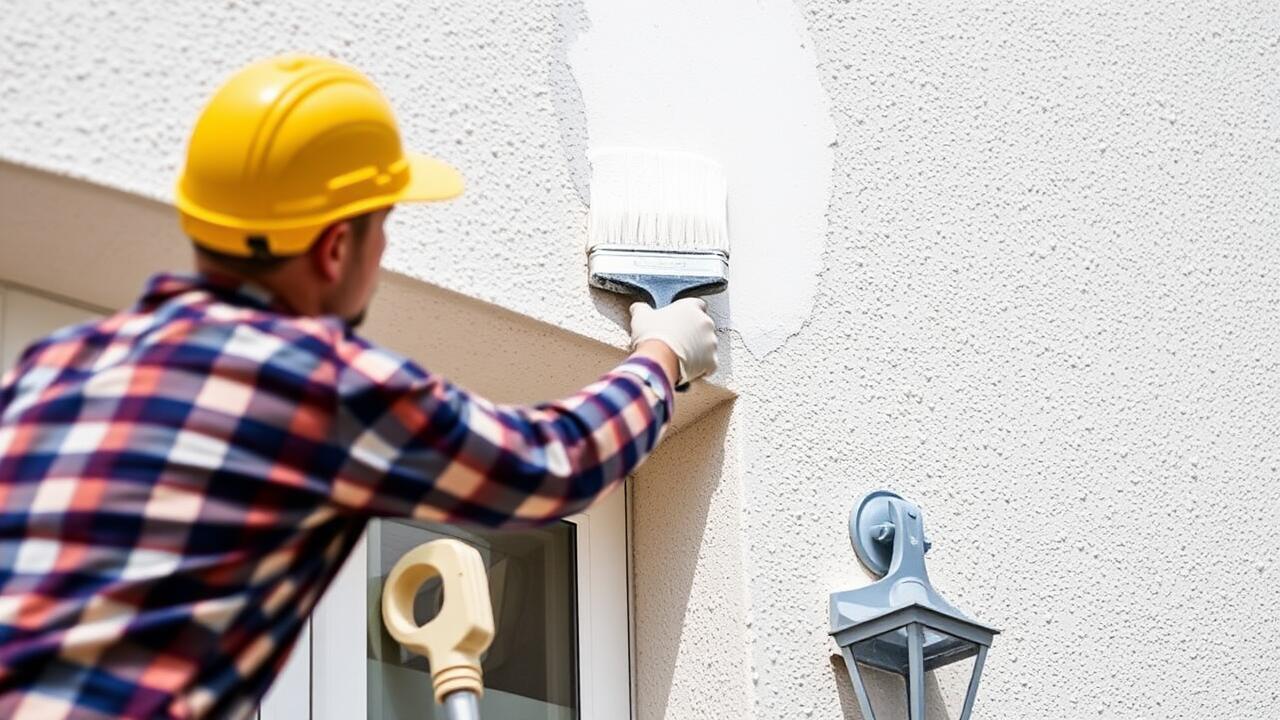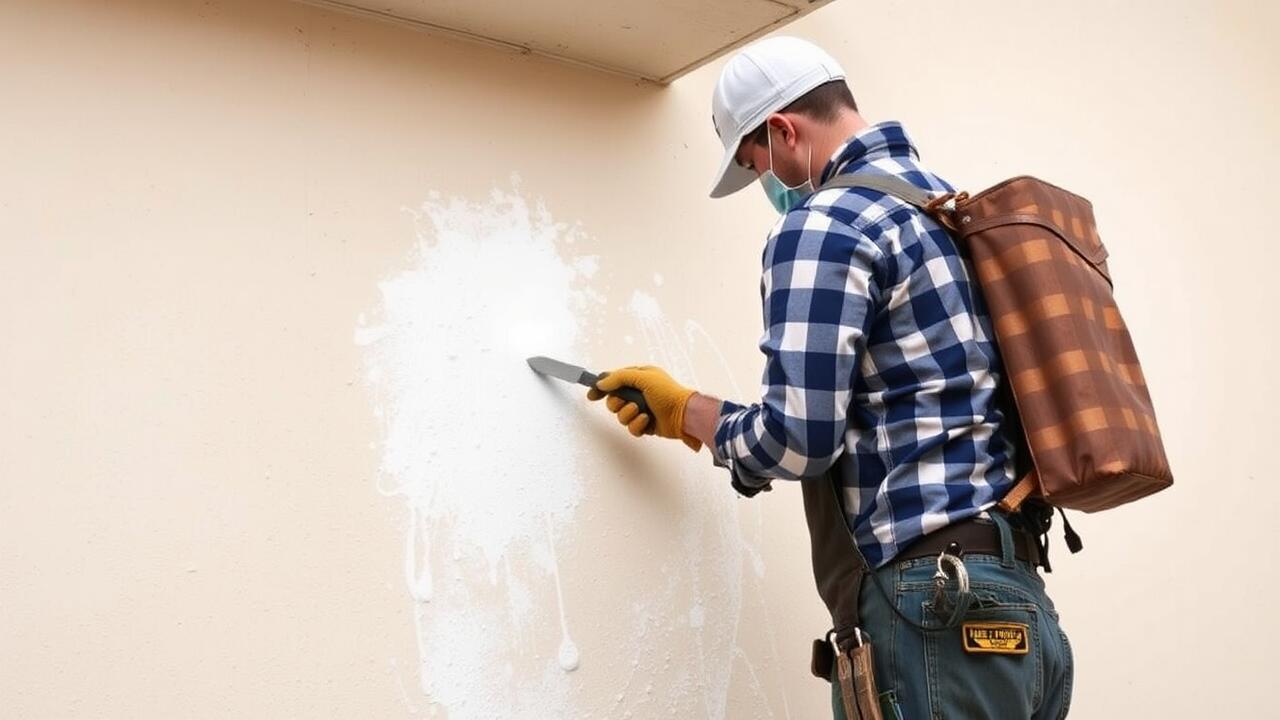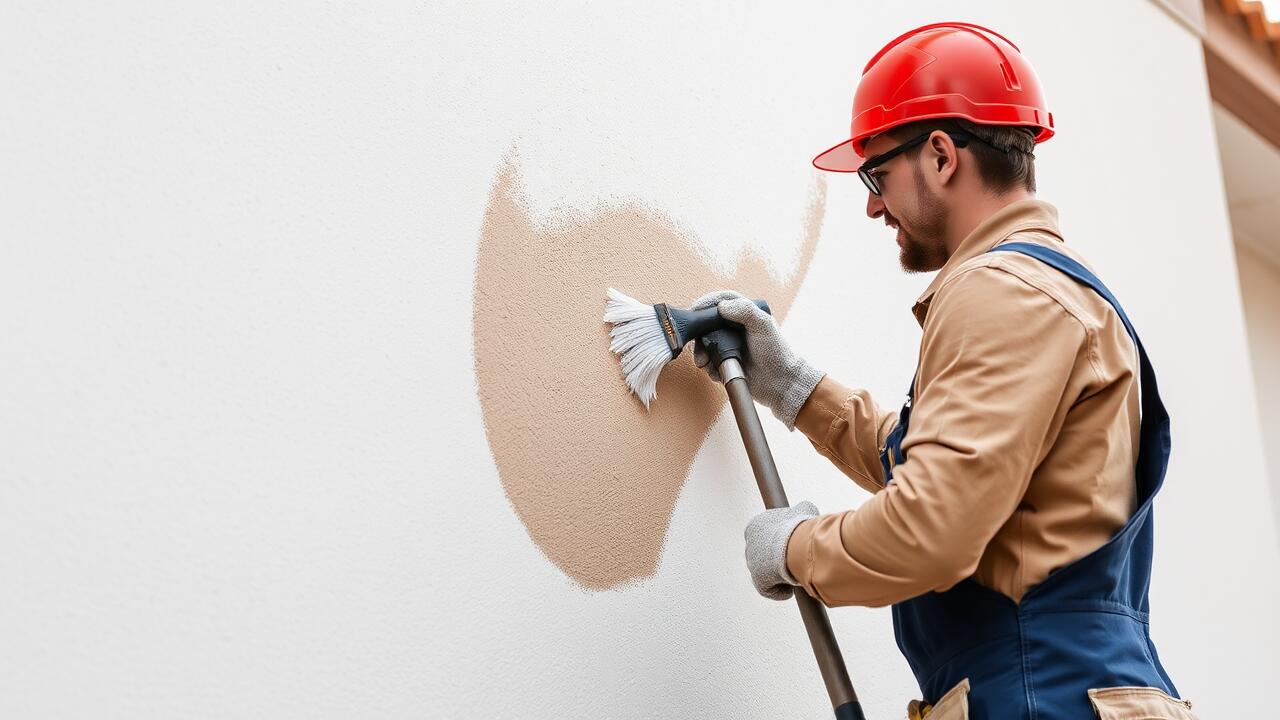
Allowing the Surface to Dry
Before applying paint to old stucco, it is crucial to ensure that the surface is dry. Moisture trapped within the stucco can lead to paint that peels or blisters, disrupting the finish. Depending on the weather conditions and humidity levels, the drying time for stucco can vary significantly. Generally, it is advisable to wait at least a few days after a rain or heavy moisture before starting the painting process.
For those looking to undertake a project like stucco painting in Silver Lake Heights, Los Angeles, paying attention to the drying stage is essential. The local climate can play a significant role in how quickly stucco dries, so monitoring the area for signs of moisture is important. Observing the forecast and choosing dry days for your project can lead to a more successful and lasting finish.
Understanding Drying Times
When preparing old stucco for painting, understanding the drying times is essential to achieve the best results. Stucco can absorb moisture, given its porous nature. After cleaning or any repairs, allow sufficient time for the surface to dry completely. Depending on weather conditions, this may take anywhere from a few hours to several days. Humidity levels and temperature play a critical role in this process, so monitoring the environment will help gauge when the surface is ready for priming.
In the context of projects like Stucco Painting Silver Lake Heights, Los Angeles, being aware of these drying times is especially important. Local climate factors can impact how quickly stucco dries. A thorough dry period ensures optimal adhesion for primers and paints, leading to a longer-lasting finish. Taking the extra time to wait for proper drying can prevent peeling or bubbling in the paint later on.
Applying a Primer
Applying a primer is a crucial step in preparing old stucco surfaces for painting. This layer not only helps the paint adhere better but also enhances the longevity of the paint job. It's essential to choose a high-quality primer specifically designed for stucco. Such primers penetrate the porous surface effectively, filling in any small cracks and ensuring an even application of the top coat. Properly priming the stucco can lead to a more vibrant finish and reduce the risk of peeling or chipping in the future.
When considering a primer for your stucco, take into account the condition of the surface and the local climate. Humidity and weather variations can affect how the primer cures. It’s advisable to follow manufacturer instructions for application methods and drying times to achieve the best results. Residents undertaking a project in specific areas, such as Stucco Painting Silver Lake Heights, Los Angeles, should factor in local environmental conditions to ensure optimal adhesion and durability of the paint.
Selecting the Appropriate Primer
Choosing the right primer is crucial for achieving a lasting finish on stucco surfaces. Look for a primer specifically formulated for masonry and stucco materials, as these products offer better adhesion and flexibility. They also enhance paint coverage and durability, ensuring that your paint job withstands the elements. For projects like Stucco Painting Silver Lake Heights, Los Angeles, a high-quality primer can make a significant difference in the longevity and appearance of the final coat.
When selecting a primer, consider factors such as moisture levels and existing surface conditions. If the stucco has been previously painted or shows signs of wear, a bonding primer may be necessary to ensure proper adhesion. In contrast, if you are working with new stucco, an acrylic primer is typically recommended. Each option provides unique benefits, so assess your project's specific needs to choose wisely.
Choosing the Right Paint
Choosing the right paint for stucco is essential for achieving a durable and attractive finish. Look for paint specifically formulated for masonry surfaces, as it will better adhere to the texture and provide long-lasting results. Additionally, consider whether to use a flat or satin finish based on the aesthetic preferences and maintenance requirements. Flat finishes may be easier to touch up, but satin or semi-gloss options can offer better resistance to moisture and dirt buildup.
In areas like West Adams, Los Angeles, where climate and environmental conditions can vary, opting for quality products is even more important. Select paint with features like UV protection and breathability to withstand the sun's harsh rays while allowing moisture to escape from the stucco. This attention to detail will ensure that your project not only looks great but stands the test of time, which is vital for any successful stucco painting endeavor.
Factors to Consider When Selecting Paint
When selecting paint for stucco surfaces, it's essential to consider the specific characteristics of the material. Stucco is porous and requires a paint that allows for breathability. A high-quality acrylic or elastomeric paint is often recommended due to its flexibility and resistance to moisture. These types of paint help prevent peeling and cracking, ensuring a long-lasting finish. For those involved in Stucco Painting Silver Lake Heights, Los Angeles, this understanding is crucial for achieving a durable and aesthetically pleasing result.
Another important factor is the color and texture of the paint. Lighter colors can reflect more sunlight, helping to keep the interior cooler, while darker shades may absorb heat, potentially causing damage over time. Additionally, the texture of the paint can impact the overall look of the stucco. A smoother finish may be preferable for a modern aesthetic, while a textured finish can enhance the traditional appeal. These considerations are vital for homeowners and professionals alike to ensure optimal outcomes in a project like Stucco Painting Silver Lake Heights, Los Angeles.
FAQS
What is the first step in preparing old stucco for painting?
The first step is allowing the surface to dry completely before applying any primer or paint.
How can I determine the drying time for old stucco?
Drying times can vary based on weather conditions, humidity, and the thickness of the stucco. Generally, it can take anywhere from a few hours to several days for stucco to dry completely.
Do I need to apply a primer before painting over old stucco?
Yes, applying a primer is crucial as it helps the paint adhere better to the stucco surface and enhances the overall finish.
What type of primer should I use on old stucco?
You should select a primer specifically designed for masonry surfaces. Look for a high-quality, breathable primer that can withstand outdoor conditions.
What factors should I consider when choosing paint for old stucco?
Consider factors such as the paint's durability, water resistance, UV protection, and whether it is specifically formulated for masonry or textured surfaces. Additionally, choose a color that complements your home's exterior.

